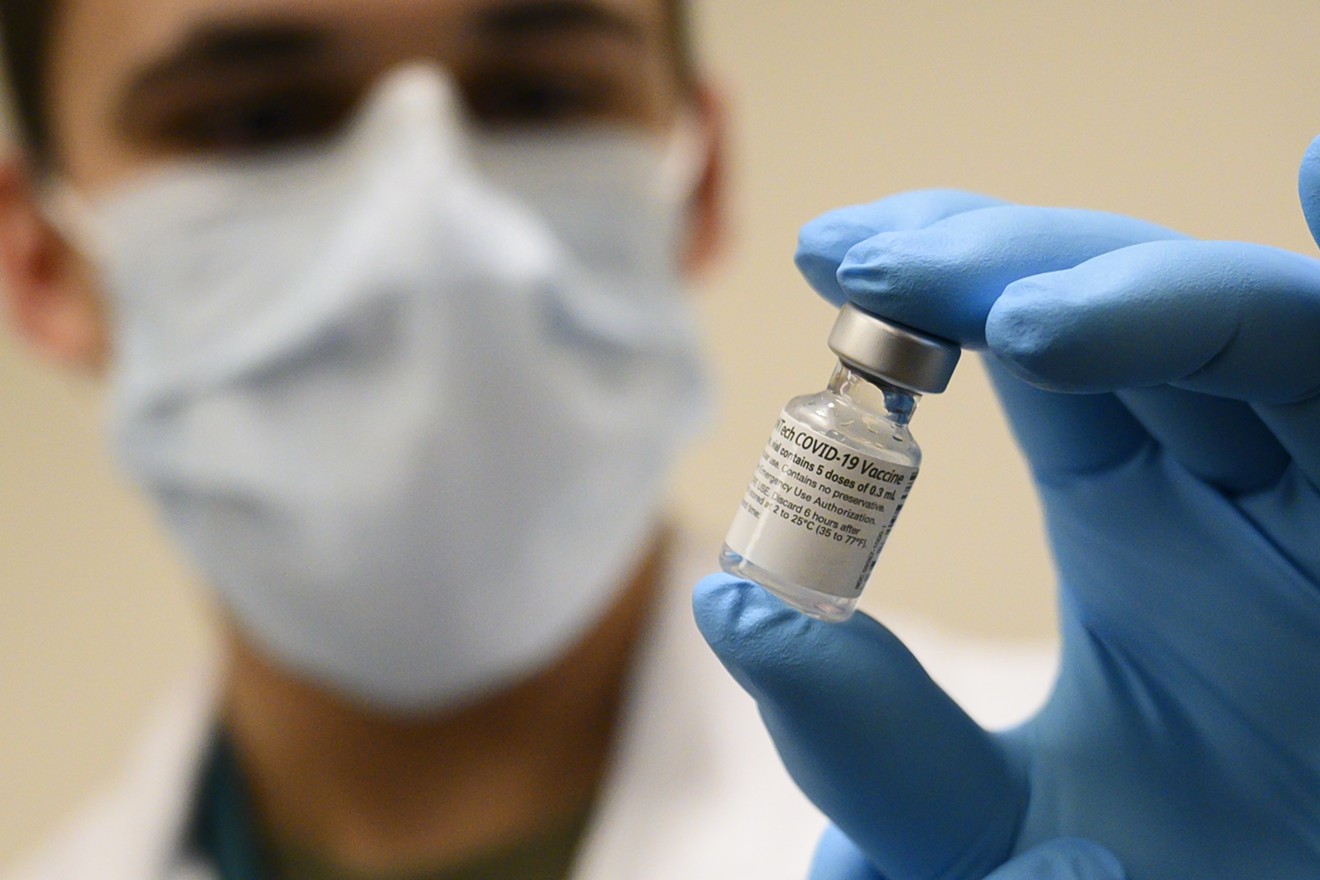Yet even as new variants crop up, some experts predict coronavirus rates could fall once more.
For a while, county officials were seeing fewer COVID-19 deaths, especially given the number of older North Texans who received a vaccine, said Dr. Philip Huang, director of the county’s health department, but deaths climbed following the summer surge.
Although there’s been a slowdown in some coronavirus rates, that’s always subject to change.
“A lot of this is with the delta variant,” Huang said. “Hopefully, we aren’t going to get another variant soon.”
For months, public health experts warned that a rise in cases could overwhelm the medical system, and some hospitals are struggling with staffing shortages. Now, even though certain coronavirus rates are looking better, doctors are once again advising against celebrating too soon.
Daily hospital admissions in Dallas County are declining, and the total number of those hospitalized is expected to flatten and peak below surge levels from January, according to a forecasting model by UT Southwestern Medical Center.
On Friday, Dallas County’s health department counted an additional 1,582 positive cases. But by Sept. 30, UT Southwestern is forecasting there will be roughly 1,200 new daily infections.
Scientists and health officials are hopeful that coronavirus levels may be plateauing, but they could always be proven wrong, said Dr. Rodney E. Rohde, a professor and chair of the clinical laboratory science program at Texas State University.
“Viruses can make me look really dumb — can make anybody look really dumb — because they change so rapidly,” Rohde said.
Around 49% of Texas and 54% of the U.S. population has been fully vaccinated, according to the Mayo Clinic. There’s evidence people who survived a previous COVID-19 infection can get re-infected, making it important for them to also get vaccinated, Rohde said.
Still, 93% of adults who haven’t been vaccinated report they never plan on getting the COVID-19 jab, according to a news release by WalletHub, a personal finance website. Texas is the third least vaccinated state in the country in 2021, only ranking higher than Georgia and Mississippi.“The virus is still out there, even though we’re tired.” – Dr. Rodney E. Rohde
tweet this
Another wave of cases seemed like a “foregone conclusion” after the Centers for Disease Control and Prevention announced masks weren’t necessary for vaccinated people to wear indoors, Lisa A. Cuchara, a professor of biomedical sciences at Quinnipiac University, told WalletHub.
“By not mandating vaccines (or masks earlier on) our country basically had a ‘peeing section of the swimming pool’ which just does not work,” Cuchara said.
Throughout the pandemic, surges have lasted roughly between six and eight weeks, said Rohde, who’s also an associate adjunct professor at Austin Community College. Infections jumped after July 4 celebrations, but Texas could now be approaching the tail-end of that spike.
In December, the pandemic will be entering its third year, Rohde said, and most historical pandemics began to wane after 2.5 to 3.5 years. Public health experts hope to see a plateauing and then a “downward spiral” for the entire COVID-19 pandemic in 2022 and 2023.
While delta makes up the vast majority of cases nationwide, two additional variants have cropped up in Texas in recent days: lambda and mu. Right now, though, Rohde said those variants are having a tough time establishing a foothold because of how effectively delta has dominated the population, especially among the unvaccinated.
Over the next six to nine months, the virus will have a much harder time finding a niche of a huge population of unvaccinated, unimmunized people, Rohde said. But a brand-new “nasty” variant could appear and outsmart the vaccine, he warned.
As such, it’s still “critically important” to continue using safety measures such as masking and social distancing in high-risk areas, he said.
“Be careful,” Rohde said. “The virus is still out there, even though we’re tired.”












